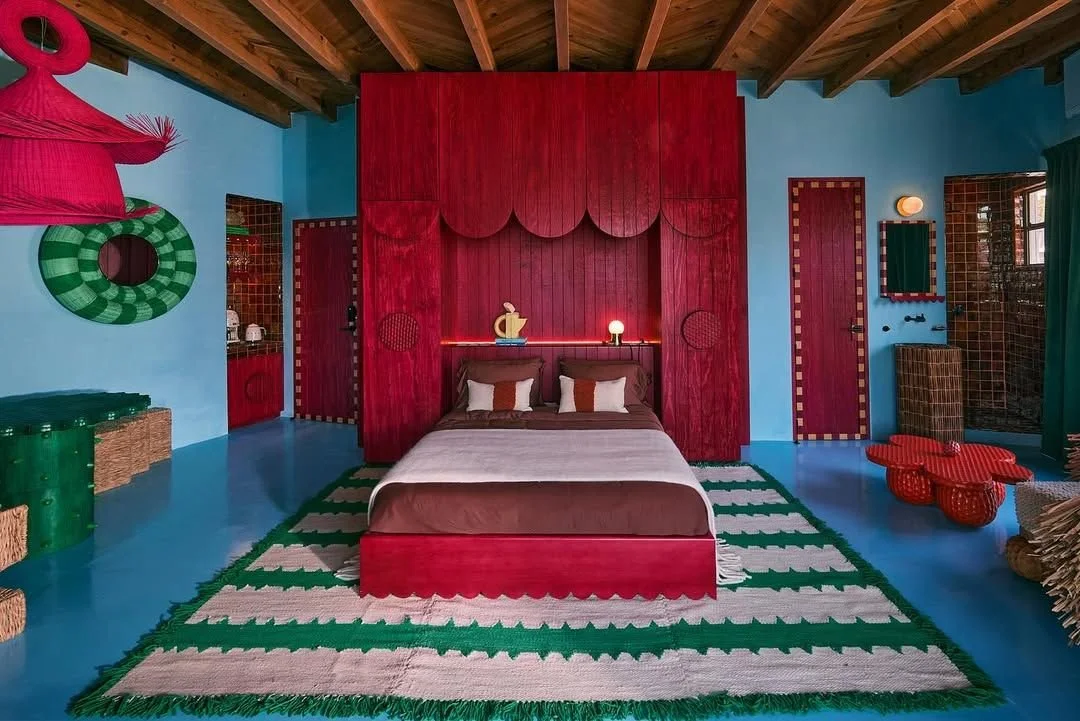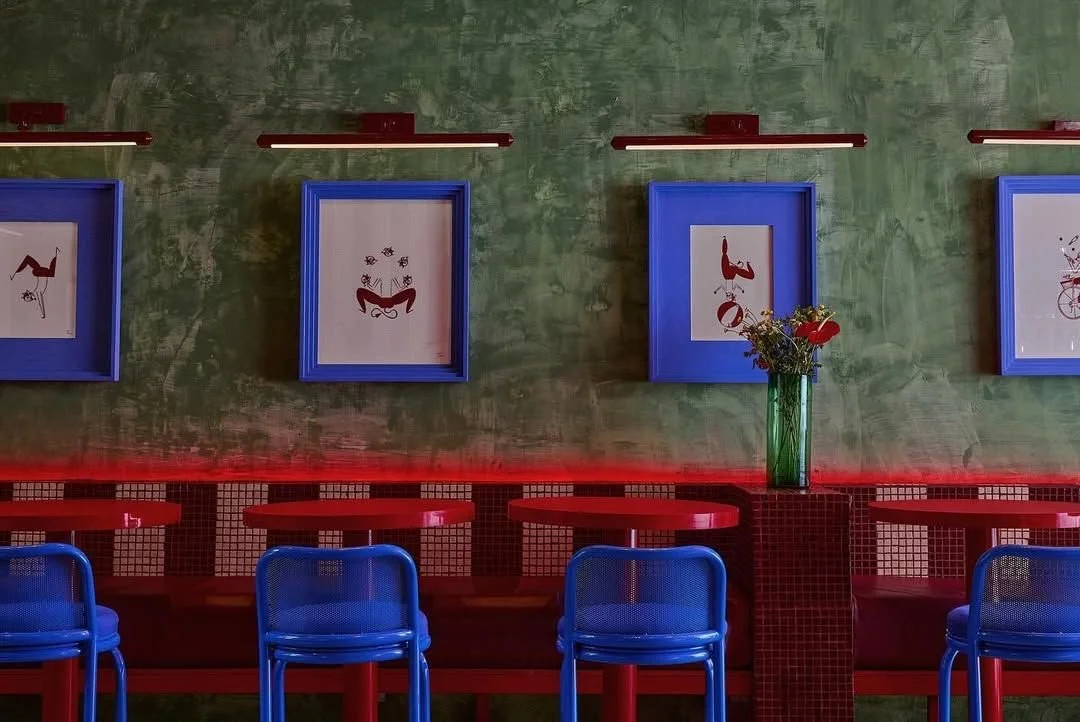Maye Ruiz: Queen of Colorful Interiors
In a world of muted palettes and neutral safe zones, Maye Ruiz blazes in color. Based in San Miguel de Allende and Mexico City, she is the founder of MAYE Estudio, and has distinguished herself as a bold voice in contemporary interior architecture. Her spaces are unapologetically vibrant — rich with personality, texture, and cultural resonance. To enter a Maye Ruiz interior is to step into a story told through color, material, and spatial confidence.
Background & Philosophy
Maye Ruiz is formally educated in environmental and spatial design, and over more than fifteen years she has emerged as a leading figure in Latin American interior practice. Her studio bears her name and was founded in 2021, consolidating her vision for deeply personal, context-aware design.
Her work is deeply rooted in the belief that color is not decorative afterthought — it is foundational. She often speaks about the emotional, psychological, and cultural power of hue, challenging the idea that interiors must default to safe beiges or greys. Ruiz treats each project as an opportunity to weave identity into space: local crafts, material culture, and Mexican artisanal traditions always linger in her material palette.
Rather than being trend-driven, her philosophy leans toward rooted innovation: she remasters what exists, respects place, and insists that design must feel alive and human.
Design Approach
Chromatic Intensity
Color is central. Ruiz orchestrates bold palettes — deep reds, warm neutrals, saturated greens or terracotta — layered with nuance. In her projects, she treats color like a musical score: dominant tones, supporting accents, and the spaces in between all play a role.Material Dialogue
Her interiors often bring forward artisanal surfaces: handmade ceramics, imperfect tiles, textured plaster, and locally-sourced stone. These materials carry a sense of place and craft, resisting the slickness of mass production.Contrast, Layering, and Contrast of Scale
She juxtaposes bold elements — a red textile screen here, a green patina wall there — against quieter backgrounds, letting tension and calm converse in the same room. Layering is deliberate: furniture, objects, art, lighting — every detail is coauthor of the space, rather than competing.Narrative & Context
Ruiz designs with story in mind. For projects like Carmin Bar in Mexico City, her work references film, drama, and myth. She searches for a poetic through-line — what a place feels like at dusk or night — and amplifies it through lighting, color transitions, and reflective surfaces.Collaborative & Local
Her practice engages artisans, craftsmanship, and vernacular traditions. She sources from ceramic workshops in Dolores Hidalgo, and works across Mexico and the U.S. her collaborators often include craft studios, ceramicists, and regional makers to ground her design in place.Position and Influence
Position & Influence
Maye Ruiz occupies a striking position in contemporary design: she is part of a vanguard pushing Latin American interiors into global view. Her interiors have been featured in Architectural Digest, and she has collaborated with leading paint houses in Mexico, advising on color trends and palettes.
Her residence, Casa Dominga in San Miguel de Allende, is itself a manifesto — bold colors, prototype furniture, and artisanal interventions coalesce into a living gallery of her ideals. That home has become a showcase of her philosophy in action.
Recently, in the project Carmin (a bar in Mexico City), Ruiz transformed a warehouse with mirrored surfaces, cascading textiles, and a cinematic red-infused ceiling — a visceral space that blurs architecture and theater.
Ruiz’s influence extends beyond her interiors: she teaches, lectures, and contributes to Mexico’s design discourse. She is among Mexico’s most talked-about voices in design partly because she makes color matter again — not as novelty, but as language.





